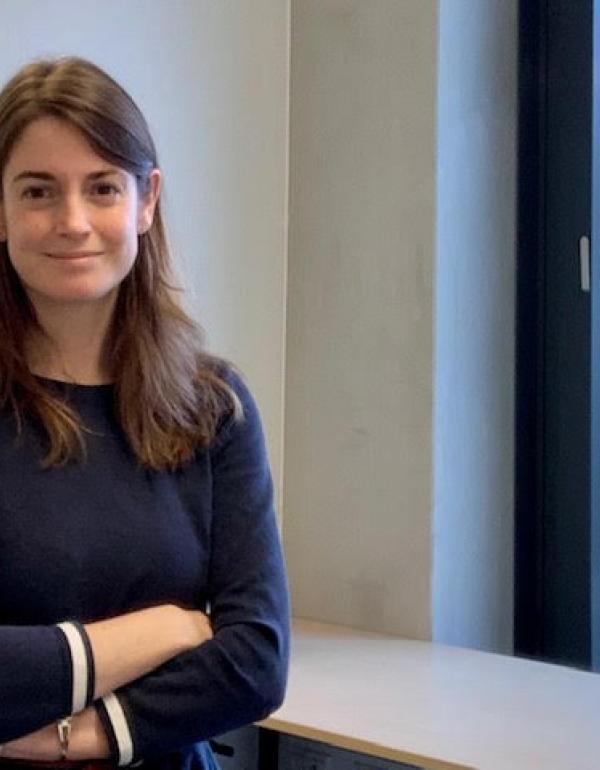
Nynke Kramer is an associate professor in toxicology at Wageningen University and Research, where she teaches food toxicology, chemical safety assessment, and toxicokinetics. Her research focuses on developing techniques and models to improve the extrapolation of effect concentrations obtained from in vitro cell assays to toxic doses relevant to humans and animals. Before starting at Wageningen University in 2021, she was an assistant professor in toxicology at the Institute for Risk Assessment Sciences of Utrecht University, where she also obtained her Ph.D. in 2010. Nynke’s research has been awarded the SETAC Procter and Gamble Fellowship for Doctoral Research in Environmental Sciences. She used the prize money to do part of her research at the Swiss Federal Institute for Aquatic Science and Technology, Eawag, Dübendorf, Switzerland. Before starting her Ph.D., Nynke obtained her BSc degree in Life Sciences at University College Utrecht and her MSc degree in Environmental Change and Management at the University of Oxford.
OpenTox Summer School 2023
Application of toxicokinetics in extrapolating in vitro new approach method data to in vivo supported by open source online tools
In vitro toxicity testing forms the basis of next generation risk assessment. However, toxicity is not only a function of toxicodynamics, i.e. the extent molecular pathways in target organs are perturbed. The toxicokinetics of a chemical determines the extent to which a chemical reaches the target organ where toxicity is initiated. Toxicokinetics consists of four processes, the absorption, distribution, metabolism and excretion of a chemical in the body, and can be modelled used physiologically based kinetic (PBK) models. When applied in a reverse-dosimetry manner, these models can extrapolate in vitro derived concentration-effect relationships to human and animal bioequivalent doses so that a point of departure for chemical risk assessment can be ascertained. In this course, the basics of what drives toxicokinetic processes and what constitutes a PBK model are explained and students are given a modelling exercise to compare the toxicokinetic profiles of industrial chemicals in humans and rats and simulate the difference in toxic potency of these chemicals between rats and humans using in vitro toxicity data. To do so, students will work with open-source generic PBK models, including IndusChemFate and www.qivivetools.wur.nl.
